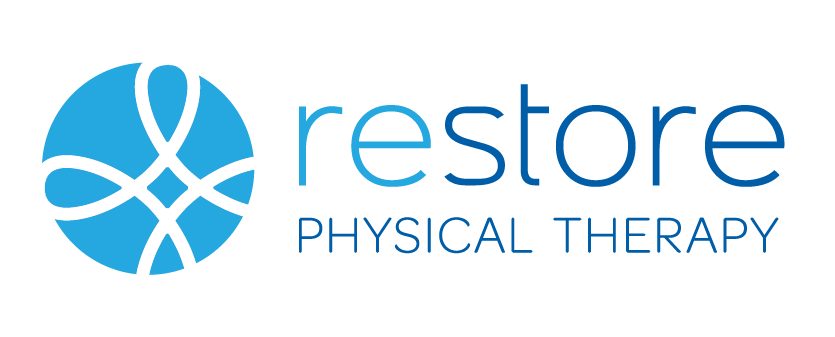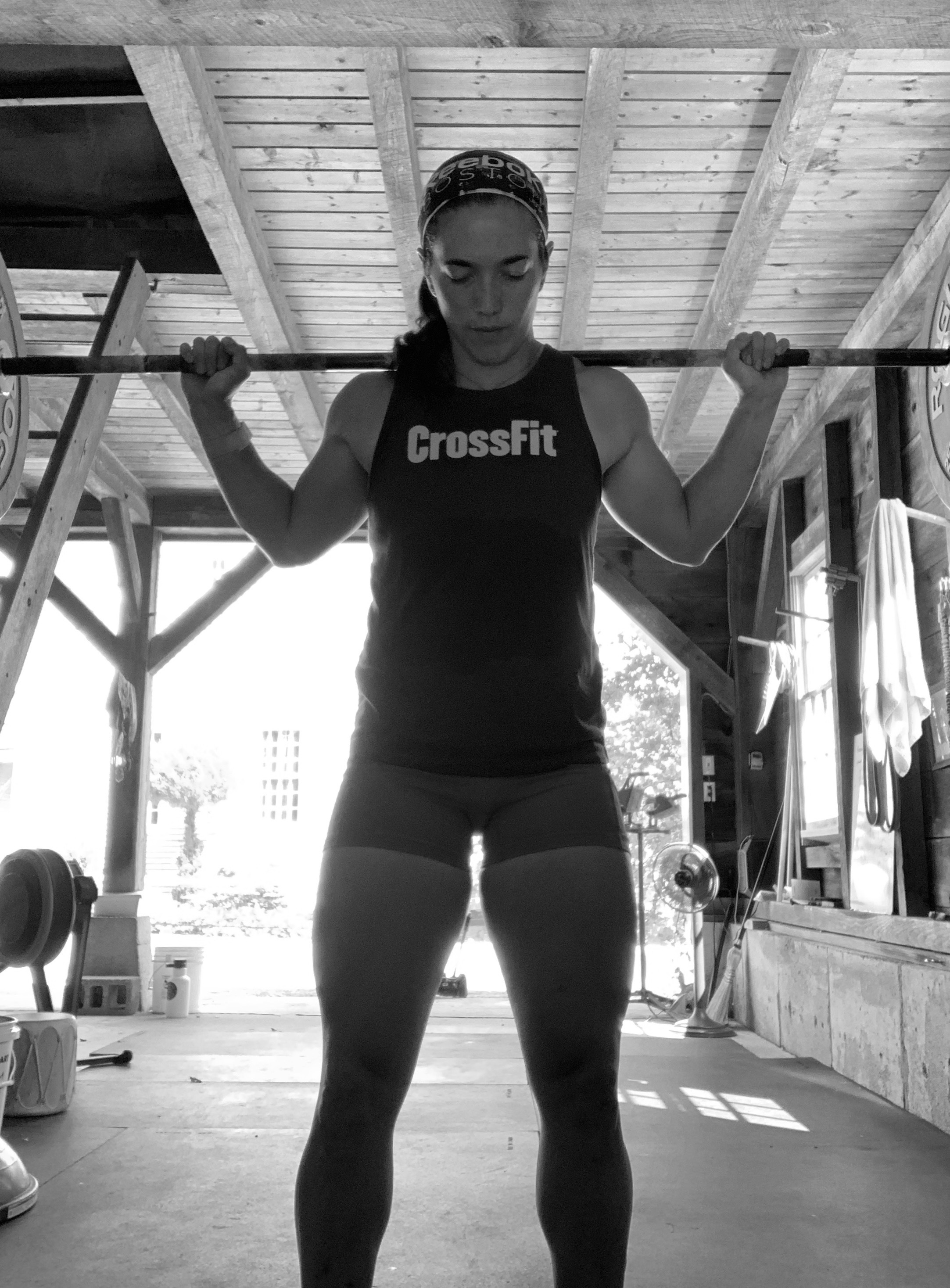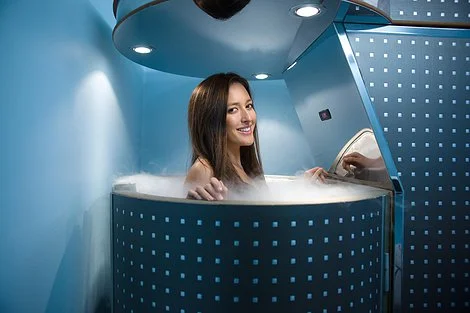Recovery Sessions For Your Physical Health
Restore Physical Therapy has recently expanded services that are geared towards recovery and maintenance therapy. Many times people think of physical therapy to address a specific injury or chronic pain, however it it can be more then just this. Getting a check up from a PT is a great way to decrease your risk of injury. Or going to PT to help your body recover from a physically stressful week that lead to muscular tension, general soreness or tightness. These sessions will allow you to be proactive with your physical health versus reactive!
Cristelle, is a a dedicated cross-fitter, athlete and coach. Working out is part of her life, and keeping her body healthy to perform is a top priority of hers. She has been using recovery sessions at Restore to keep everything moving, her tissues flexible and joints mobile. These sessions have incorporated a lot of manual therapy, specifically dry needling, deep tissue work, myofascial release and spinal manipulation. In addition, Cristelle learns specific exercises that will help her perform optimally during her crossfit workouts and help to decrease chance of injury. Cristelle’s workout regimen is intense and in order to perform at her best she uses Restore’s recovery sessions.
Dry needling has been a big part in Cristelle’s recovery sessions, as it is the fastest way to reduce the triggerpoints and tension in her muscles. Dry needling helps to improve joint mobility and to decrease pain. Cristelle’s Olympic style of lifting makes it imperative to have proper joint mobility in her shoulders, spine and hips to avoid compensation or an overuse injury. Dry needling followed by corrective exercises has been very helpful for her!
Keep in mind, recovery sessions are still specific to the patient and will be designed based on what YOU need! You do not need to get dry needling done if it is not indicated or if you do not want it. There is a variety of hands-on techniques that can be used in your recovery session.
“Training and competing are an important part of my everyday life. Being injured or being too sore to train is not an option so I try and limit that by seeing Amanda every few weeks to get preemptive work done. The dry needling, adjustments and body work all help to keep me moving well and to keep me moving everyday.
I highly recommend you get the work done before you think you need to!! - Cristelle”
CRYOTHERAPY
In addition to hands on therapy, stretching and mobility work to keep your body moving forward, you have the option of adding cryotherapy to your session. We have a Cryosauna that uses nitrogen gas to lower the your skin surface temperature by 30-50 degrees Fahrenheit over a period of two-three minutes. The skin reacts to the cold and sends messages to the brain that acts as a stimulant to the regulatory functions of the body. It produces the scanning of all areas that may not be working to their fullest potential. The skin exposure to the extreme temperatures also triggers the release of anti-inflammatory molecules and endorphins. We find that these cryotherapy sessions have helped athletes, active individuals recover but also people with chronic pain and inflammatory issues such as RA or fibromyalgia.
DIFFERENCE BETWEEN REGULAR PHYSICAL THERAPY AND RECOVERY SESSION
The main difference between a recovery session and a physical therapy treatment session is that we are not addressing a specific injury. When it comes to injury rehabilitation and pain, there is a process and it takes more then just 1 visit to complete. Tissue healing takes 6-8 weeks and to appropriately rehab from an injury you may need at least 4 to 6 PT sessions. A recovery session, is more of a total body workup that incorporates hand on therapy, mobility/strength work and cryotherapy. You have the option of a 60 minute session or 90 minute session.
If this is something that may interest you or someone you know give us a call at 401-250-3060 or go online to book!


